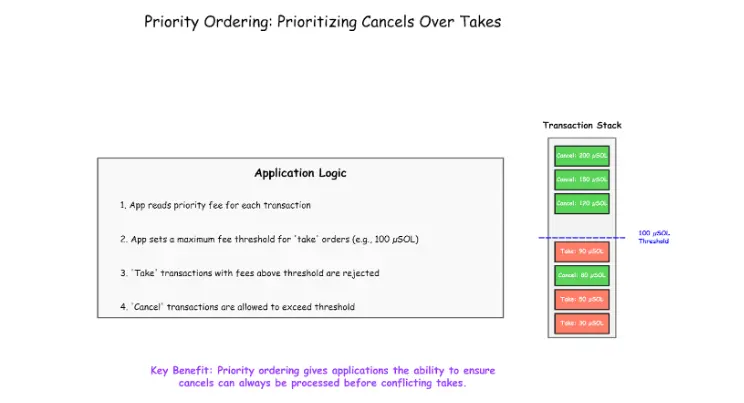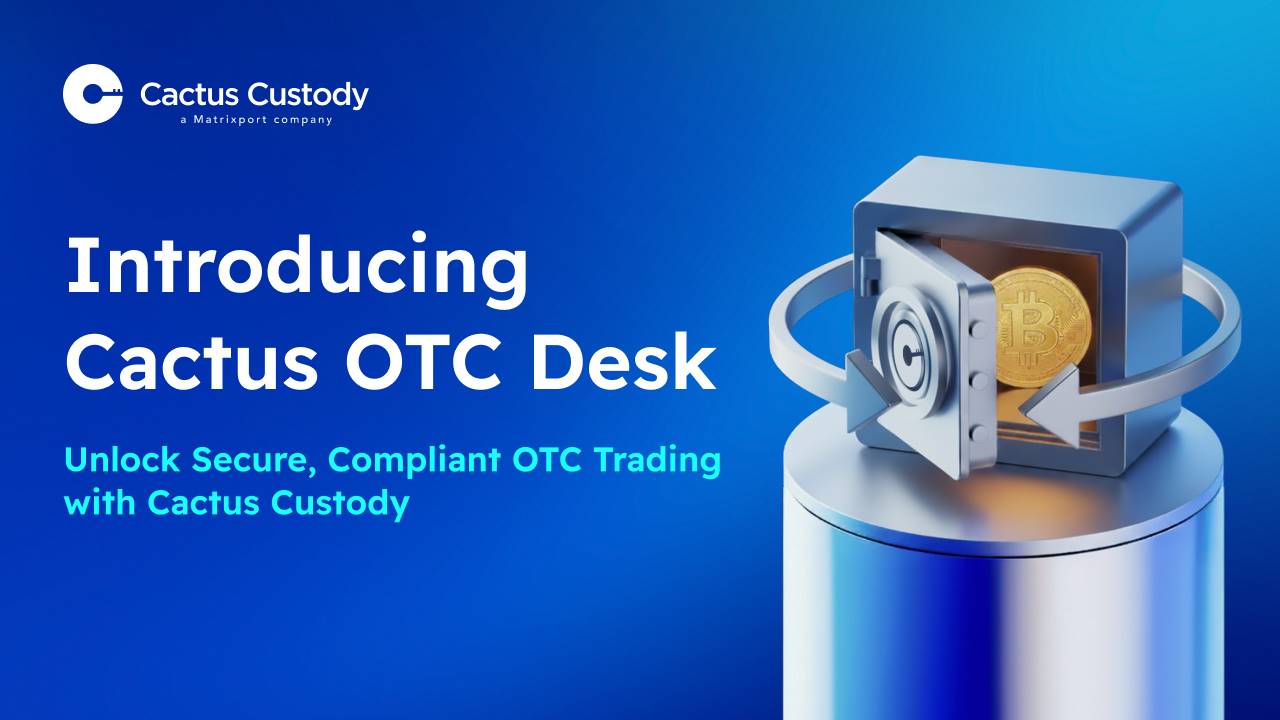ICM: The Core Narrative of Solana's Strategic Upgrade
The Chinese meme "索拉拉" (Solarala), initiated by the community and officially recognized by Solana, saw its market capitalization surpass $15 million in a short period. As a result, its launchpad, Trends.fun, has also become a new focal point.
Recently, the Meme ecosystem on Solana has heated up again. The Chinese Meme "索拉拉" (Suo La La), initiated by the community and officially recognized by Solana, saw its market cap surpass 15 million USD in a short period, making its launch platform Trends.fun a new focal point. Meanwhile, the leading Meme launch platform in the Solana ecosystem, Pump.fun, has recently opened a new X account called "Spotlight," with the new account proposing to accelerate the development of ICM.
This series of market movements is not accidental, but rather a systematic strategic shift at the Solana level. ICM has been officially regarded by Solana as the strategic core for the future, aiming to elevate the internet from an information transmission layer to a value circulation layer. By fully bringing issuance, pricing, and settlement on-chain, ICM seeks to reconstruct the underlying logic of global capital markets, enabling funds and users to circulate directly on open networks without intermediaries and with high efficiency. For Solana, this is not only a technical performance race but also an ecological reconstruction. The following article by CoinW Research Institute will focus on this, exploring the ICM roadmap and recent ecosystem developments.
I. Overview of ICM
1. The Concept of ICM
ICM (Internet Capital Markets) refers to a new type of financial infrastructure based on blockchain and decentralized technology, aiming to bring the entire process of issuance, pricing, and trading on-chain, allowing any user with an internet connection to directly participate in capital markets. Unlike the traditional model that relies on intermediaries such as brokers and investment banks, ICM achieves trustless financing and investment through smart contracts, greatly lowering the threshold for asset issuance and investment. Its philosophy can be seen as a continuation of the development of crypto financing, from ICO, IEO, IDO, Launchpad, etc., with each iteration strengthening openness and liquidity. ICM further integrates these mechanisms to build a unified on-chain capital market. The chairman of the Solana Foundation stated that the ultimate vision of ICM is "to build global financial infrastructure through blockchain, allowing everyone with internet access to participate in asset investment and trading."
In May this year, the ICM concept quickly gained popularity due to the launch of new platforms in the Solana ecosystem, such as Believe. Believe is centered on the logic of "attention as capital," leveraging social propagation to trigger on-chain issuance, enabling users to complete token creation, pricing, and trading within minutes. ICM not only continues the process of disintermediation in the crypto market but also represents a deep restructuring of financing structures and value discovery mechanisms. Its potential lies in pushing on-chain markets from local innovation to the evolution of system-level financial infrastructure.
2. ICM Roadmap
In July 2025, the Solana team, together with institutions such as Anza, Jito Labs, and Drift, released the "Internet Capital Markets Roadmap." According to the roadmap, the technical path of ICM is divided into three stages: short-term, mid-term, and long-term.
- Short-term: The focus is on launching the block assembly market BAM developed by Jito Labs and advancing the implementation of Anza's transaction landing. BAM is a new generation high-performance transaction execution system running in a Trusted Execution Environment (TEE), providing verifiable and privacy-protected execution space for validators and developers, enabling applications to customize transaction ordering logic and achieve effects close to ACE. It allows on-chain Central Limit Order Books (CLOB) to have matching efficiency comparable to centralized exchanges, while maintaining transparency and determinism, significantly improving fairness and trust in execution. BAM went live on the mainnet at the end of September. Meanwhile, Anza is continuously improving the transaction landing mechanism, optimizing the QUIC protocol and introducing a unified scheduling system, enabling transactions to be more stably included in the same block production cycle, laying the foundation for a low-latency, highly reliable execution layer for Solana.
- Mid-term: The mid-term plan focuses on the DoubleZero fiber optic network, Alpenglow consensus protocol, and Asynchronous Program Execution (APE) mechanism. DoubleZero is a high-performance fiber optic network designed for distributed systems, capable of reducing transaction latency to sub-100 milliseconds, increasing bandwidth by about ten times, and enhancing network stability and anti-attack capability through multicast acceleration and traffic filtering layers. Alpenglow is a brand-new consensus protocol that shortens block confirmation time from about 12.8 seconds to 150 milliseconds, while simplifying consensus logic and laying the foundation for Multi-Concurrent Leaders (MCL) and asynchronous execution. APE further shortens transaction landing time by removing the execution replay path. These three upgrades will jointly build Solana's low-latency, high-bandwidth execution base, providing more efficient infrastructure for decentralized capital markets.
- Long-term (after 2027): The long-term goal is to achieve a multi-concurrent block producer mechanism and an application self-control architecture (ACE) enforced at the protocol layer. The MCL model allows multiple validators to produce blocks simultaneously, reducing geographic latency and censorship risk, and improving global information synchronization efficiency; ACE will empower applications to customize matching logic and transaction ordering at the protocol layer, building a truly open and programmable microstructure. By then, Solana may become the infrastructure carrying the world's deepest liquidity for decentralized capital markets, providing the technical foundation for the full realization of internet capital markets.

Source: anza.xyz
II. Recent Popular Projects in the ICM Ecosystem
1. MetaDAO
MetaDAO is currently the highest market cap project under the ICM concept, invested in by Paradigm, and is regarded as a new engine for decentralized fundraising. Its core innovation lies in introducing the Futarchy (prediction market governance) model proposed by economist Robin Hanson, using market prices rather than token-holder voting to decide project proposals, thereby achieving more efficient and market-oriented governance. All USDC raised on the platform is fully managed in an on-chain treasury, and the system uses a prediction market mechanism to allow participants to bet on the potential impact of proposals. If the majority believes a proposal will help increase the token price, the price of "Yes" (bullish) positions in the market will be higher than "No" (bearish) positions. When the "Yes" market price is at least 1.5% higher than the "No" market price, it indicates a strong market consensus that the proposal will positively impact token value, and only then is the team allowed to use treasury funds. This design ensures that the use of funds must be market-validated, preventing subjective decisions, fund abuse, or short-term arbitrage from a mechanism perspective.
Meanwhile, MetaDAO has designed strict anti-rug and performance incentive mechanisms to balance security and incentive effects. Among them, 20% of the fundraising funds and 50% of the project tokens will be locked in a protocol-controlled liquidity pool to prevent the team from cashing out early; the team incentive portion will be gradually unlocked only after the token price reaches the set stage targets. Notably, MetaDAO also introduced a "3-month average price verification mechanism," meaning the token price must remain above the target average price for the corresponding stage for three consecutive months to trigger the corresponding incentive unlock. There is also an 18-month lock-up period, which strengthens the orientation toward long-term development and protects the interests of investors and the community. Through the triple mechanisms of Futarchy governance, on-chain treasury management, and performance incentives, MetaDAO protects investor safety while encouraging the team to focus on long-term value growth and sustainable operations. Currently, its platform token META has a market cap of about 173 million USD.
2. Believe
Believe pioneered the model of "tweet equals token," greatly lowering the threshold for token issuance. Users only need to reply "@launchcoin + token name" under any tweet to automatically mint a token. After token creation, a trading pool is automatically generated via a bonding curve, achieving initial price discovery. When the token market cap reaches 100,000 USD, the project is considered "graduated" and can enter the deep liquidity pool of Solana's decentralized trading platform Meteora, gaining stronger trading capacity. The platform's revenue distribution is also innovative: each transaction fee is split 50/50 between the creator and the Believe platform, forming continuous incentives. Project fundraising adopts a phased unlocking mechanism to ensure the long-term and transparent use of funds. The platform token LaunchCoin once surpassed a market cap of 400 million USD, driving the rapid popularity of the ICM concept.
However, Believe still faces certain uncertainties. The flywheel mechanism of LaunchCoin has not yet been announced, and the updates repeatedly promised by the founding team have not been delivered, causing market enthusiasm to cool off from its peak, and the community remains cautious about subsequent narratives. The lack of sniping protection and liquidity support mechanisms means most tokens remain in the small-cap stage, with limited capital depth, making it difficult to support larger-scale price breakthroughs. Overall liquidity is still concentrated in the on-chain market, lacking a strong leader driven by sentiment. The Believe platform has generated 53,720 tokens, but only about 104 are active. Aside from LaunchCoin itself, the upside for other tokens is limited. Currently, LaunchCoin's market cap is 67.02 million USD.

Source: believescreener
3. Trends.fun
On October 20, the Chinese Meme "索拉拉" (Suo La La) token, initiated by the community and officially recognized by Solana, completed its token launch on Trends.fun, quickly sparking market enthusiasm. Other related tokens issued by Trends.fun also became the new focus of PVP. Trends.fun is a content financialization platform that has recently emerged, with the core idea of enabling social content to become "instant tokens." Users can use the Trends.fun social tokenization bot to tag any post on X, automatically generating a corresponding token, directly mapping social propagation, community consensus, and token price. Unlike traditional ICM platforms, Trends.fun emphasizes a value discovery mechanism driven by social data: the higher the content attention, the more active the token trading, and the more price fluctuations can truly reflect market sentiment and consensus, thus building a new economic form where content is assetized.
The economic model of Trends.fun is based on a bonding curve mechanism, dynamically adjusting prices driven by social popularity, directly linking content influence and market value. The platform's fee structure is clear: creating a token requires a payment of about 0.016 SOL, which includes the on-chain creation fee charged by Solana and the metadata storage fee charged by Metaplex, with the platform itself charging no additional fees; buying, selling, and DEX trading of tokens all require a 1% transaction fee. In terms of revenue distribution, "Creators" can receive 20% of the transaction fees from trading their associated trend tokens, and "Trendors" can receive 5% of the transaction fees from every transaction related to the X post that triggered the trend. The remaining portion is used for system maintenance and ecosystem development. All unclaimed rewards will automatically expire three months after generation, creating a certain incentive timeliness and deflationary effect.
4. ICM.RUN
ICM.RUN is a decentralized project incubation platform built on the ICM concept, aiming to establish an open entrepreneurship and financing system within the Solana ecosystem. ICM.RUN uses DAO as its core governance structure, allowing anyone to initiate fundraising and incubation proposals on the platform; investors can participate in project crowdfunding and gain governance rights. The overall process includes founder application submission, mentor voting evaluation, DAO incubation access, token injection into the treasury, and subsequent distribution. Accepted projects must allocate about 1% of their token supply to the DAO treasury for future proportional distribution to ICM token holders. All operations are completed on-chain, ensuring transparency and traceability.
The core mechanism of ICM.RUN revolves around value capture and ecosystem collaboration. The platform achieves token value feedback through a three-layer structure: the first layer is the incubation layer, where the DAO selects projects through mentor voting and shares early token returns; the second layer is the ecosystem layer, where the platform cooperates with multiple Launchpads on Solana to assist in the incubation and launch of quality projects; the third layer is the NFT incentive layer, providing whitelist, airdrop, and presale rights to community members. Overall, ICM.RUN is designed to replace the traditional VC model with decentralized incubation and market-oriented governance, lowering the threshold for early-stage project financing and improving fund usage transparency. The project team is currently planning to launch a DAO-owned Venture Arm to expand on-chain incubation channels for traditional entrepreneurial teams. Currently, its platform token ICM has a market cap of about 17.9 million USD.

Source: icm.run
5. DoubleZero
DoubleZero is an infrastructure in the Solana ecosystem focused on optimizing underlying network performance and is an important technical component for realizing the ICM vision. DoubleZero proposes the IBRL (Increase Bandwidth, Reduce Latency) architecture concept, aiming to significantly reduce consensus latency and improve system throughput performance by improving node communication paths and reducing network jitter and congestion. DoubleZero's goal is to achieve an average latency of less than 10 milliseconds and several times higher throughput on the Solana mainnet, thereby providing performance support for capital market applications such as high-frequency trading and real-time settlement.
From a technical positioning perspective, DoubleZero is a high-performance dedicated fiber optic network layer designed for distributed systems, playing a foundational performance support role in the Solana network and ICM ecosystem. In addition to performance optimization, DoubleZero can also serve as a powerful data filtering layer to protect the network from denial-of-service (DoS) attacks and abnormal traffic, reducing the overload pressure on validators and RPC nodes, allowing node resources to focus on executing tasks and expanding block space, thereby improving overall network processing efficiency and scalability. Through this structure, DoubleZero provides core underlying communication and protection capabilities for Solana's ICM.
III. Summary
ICM is currently Solana's most strategic long-term direction, aiming to upgrade the internet from an information transmission layer to a value circulation layer, bringing asset issuance, price formation, and settlement fully on-chain, and building an open, transparent, and low-friction global capital network. This system aims to lower the threshold for capital formation, improve market efficiency and verifiability, and thus promote the development of blockchain from a transaction carrier to financial infrastructure. For Solana, ICM is not only an extension of performance competition but also a redefinition of ecosystem structure, integrating network performance, market mechanisms, and governance structures into a cross-level capital operation framework.
However, ICM is still in its early stages, and its overall system has yet to form a closed loop. Although Solana has clarified the technical direction through its roadmap, including key modules such as the BAM transaction execution layer and DoubleZero network layer, these infrastructures are still undergoing performance verification; on the application side, projects such as MetaDAO, Believe, and Trends.fun have demonstrated different dimensions of experimentation, but ecosystem collaboration and liquidity integration remain limited. At present, ICM is more like a systemic consensus rather than a mature market structure. Whether it can truly be implemented in the future will depend on the realization of underlying performance, the sustainability of market mechanisms, and the development of the regulatory environment. As these elements gradually improve, Solana may transform from a high-performance public chain into financial infrastructure supporting global value circulation.
Disclaimer: The content of this article solely reflects the author's opinion and does not represent the platform in any capacity. This article is not intended to serve as a reference for making investment decisions.
You may also like
Tesla Bitcoin Gain Reaches $80M Amid Rising BTC Prices
INFINIT partners with Google to jointly build global intelligent agent financial infrastructure
This collaboration marks INFINIT's first step toward becoming a "global intelligent agent financial infrastructure."
Cactus Custody partners with Fly Wing to launch OTC Desk, deepening its mission to provide diversified services for institutions
This collaboration will provide institutional clients with secure, compliant, and transparent fiat settlement solutions, further strengthening Cactus Custody's mission to build a one-stop digital asset service platform.

Canada Hits Cryptomus with C$177 Million Fine For Sanction Evasion and Money Laundering

